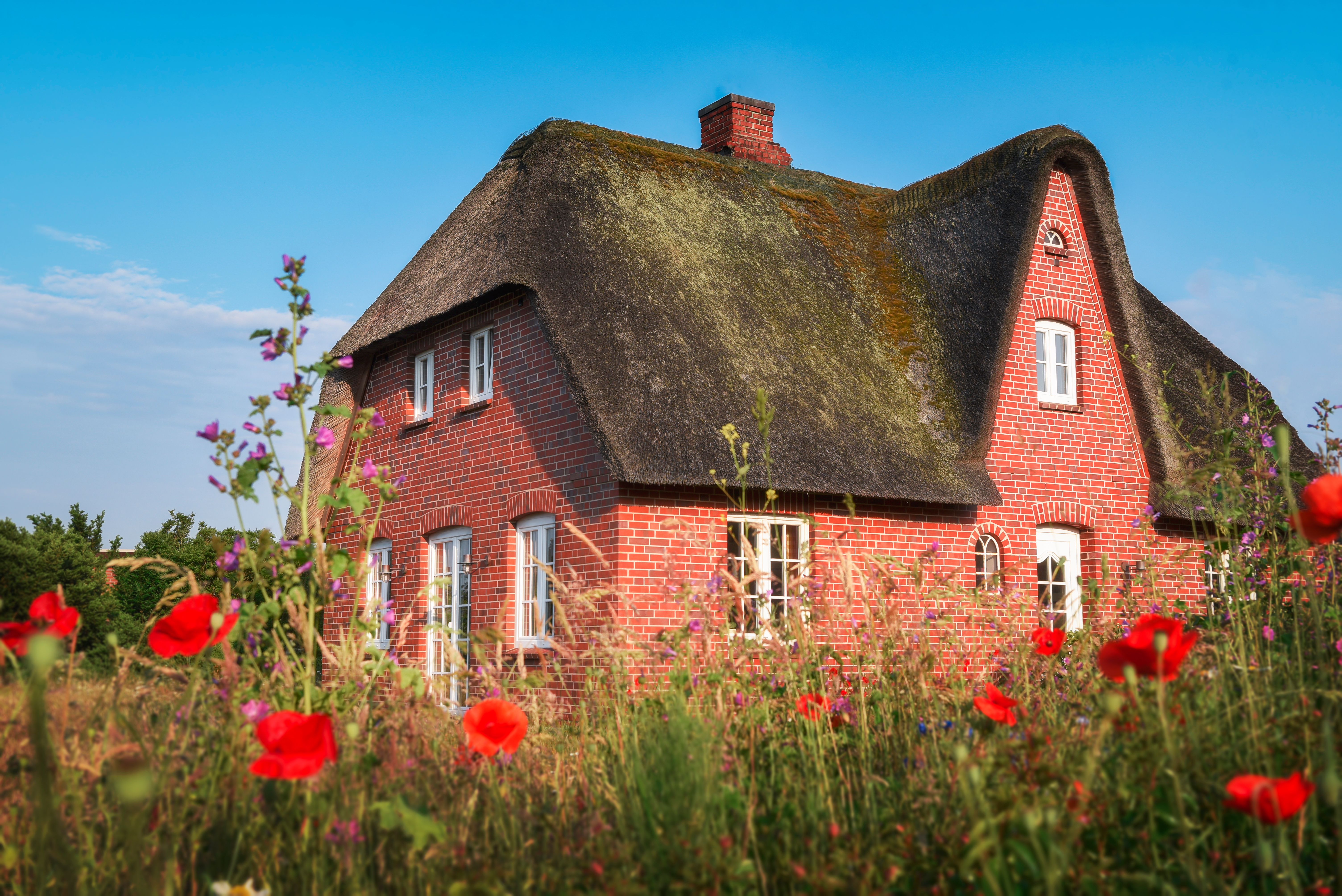Thatched Roofs: History and Practicality

Thatched roofs offer a variety of unique insulation properties.
Thatched roofs are steeped in history and have been used for centuries in cultures all around the world. They’re traditionally crafted from locally sourced materials like reed, straw or palm fronds, and they’re a classic choice for adding character and charm to a building.
Beyond their traditional appeal, thatched roofs also provide practical benefits. They’re great at insulating buildings, keeping them warm in the winter and cool in the summer. They also offer exceptional sound insulation, making them a perfect fit for homes in busy areas.
However, while thatched roofs are visually stunning and offer practical benefits, they do require more maintenance than other roofing materials. Skilled thatchers must regularly inspect them for damage, and repairs or replacements can be costly. Thatched roofs are also more susceptible to fire and must be treated with fire-retardant chemicals.
Moreover, the life span of a thatched roof is generally shorter than that of other roofing materials, usually lasting 20 to 30 years. They’re more vulnerable to weather conditions such as heavy rain, hail and wind, and they may not hold up well under heavy snow loads.
Despite these challenges, many people still opt for thatched roofs because of their unique aesthetic and traditional appeal. However, they may not be practical or feasible for modern homes due to their maintenance requirements, fire vulnerability, and suitability for certain climates and weather conditions.
As such, many homeowners opt to choose from a variety of other roofing materials that offer similar visual appeal and practical benefits. Cedar shakes, metal roofing, synthetic thatch, slate roofing and clay tile roofing are all great options to consider.
Cedar shakes are a natural material that can provide a rustic look similar to that of a thatched roof. They’re long-lasting, with a life span of up to 50 years. Metal roofing is a fire-resistant option that’s available in various styles and colors, some of which even mimic the look of thatched roofs. Synthetic thatch is a lightweight, durable and fire-resistant option that can last up to 50 years, while slate roofing and clay tile roofing are both natural options that provide a classic appearance and can last up to 100 years and 50 years, respectively.
Ultimately, your choice of roofing material will depend on your personal preferences, your budget, and practical considerations such as the climate and weather conditions in your area. While thatched roofs remain a popular and iconic choice, today’s homeowners now have a range of options to choose from that can deliver the desired aesthetic or practical benefits without the challenges of traditional thatched roofs.
Use Diamond Certified Resource to find top rated companies.
Local, Top Rated Diamond Certified Companies Related to Your Topic
Santa Clara County Roofers
Sonoma County Roofers
San Mateo County Roofers
Contra Costa County Roofers
Marin County Roofers
Related Articles
The Homeowner's Guide to Roofing & Gutters
Get Expert Advice From Owners of Top Rated Local Companies
Become a Diamond Certified Preferred Member (Always Free)